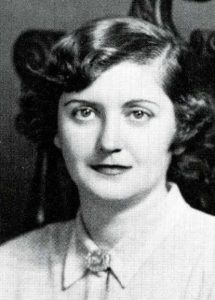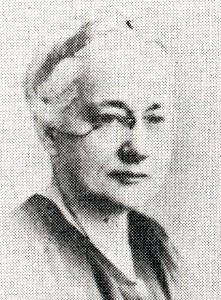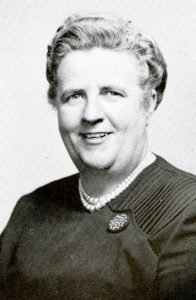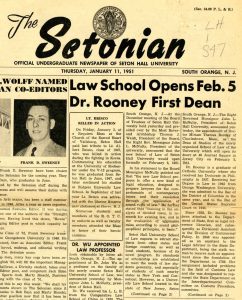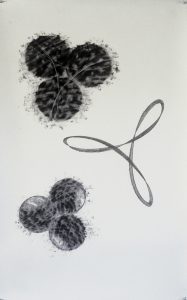The Walsh Gallery at Seton Hall University celebrates the 100th anniversary of The Setonian, the official undergraduate student newspaper founded in 1924. For more than a centennial the paper has been the the voice of the University community, delivering coverage from all angles of campus. From reporting on the frontlines of student-led protests to dissecting the latest fashion trends, The Setonian has remained steadfast in its reporting. The paper also serves as a training ground for journalists and reporters while upholding the First Amendment. The exhibition explores the beginning of the newspaper, envisioned by student John Erigena Robinson in a diary entry dated 1873 through the present day with stories of the paper’s hiatus during COVID-19, its subsequent return online, and then, in print. The exhibit pairs news articles with objects from the gallery and archival collections in themed sections that borrow from the format of a traditional print paper.
The exhibition celebrates the dedicated students that worked at the newspaper over the past century while diving into key themes and stories in the history of the paper, student life and the University. Sections include Greek Life, Sports, ROTC, and Editorials. The exhibition was made possible through the work of many people on campus, – especially the staff and advisors of The Setonian, but also the student researchers and fellows, interns, archivists and gallery staff that each had a role in documenting, preserving, transcribing, researching and displaying the wealth of materials on view.
Celebrate the exhibit and this 100 year milestone with us on October 24th, from 4-6pm in Walsh Gallery. There will be refreshments and an opportunity to gather with current and former Setonian staff. We hope to see you there!
In addition, we’re happy to share with you that much of the historic run of the Setonian is now available digitally! Starting last semester, the archives began to digitize early additions of The Setonian that are currently only available to view via microfilm. In digitizing these files, they will be able to be accessed by not only Seton Hall students and faculty, but the general public as well. You will be able to follow the progress of the project here, as new digital editions will be linked here as they are published. They will also be available through the archives regular research portals Archivesspace and Preservica.
UPDATE: The first 30 years have been digitized! You can access them via Archivesspace here.
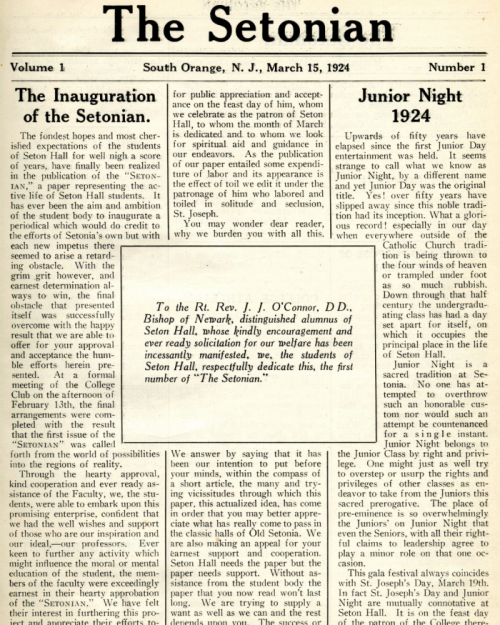
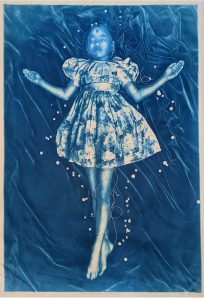
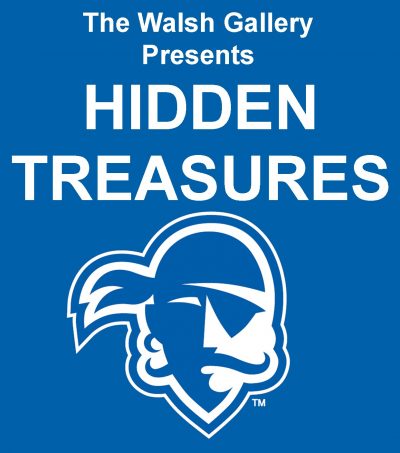
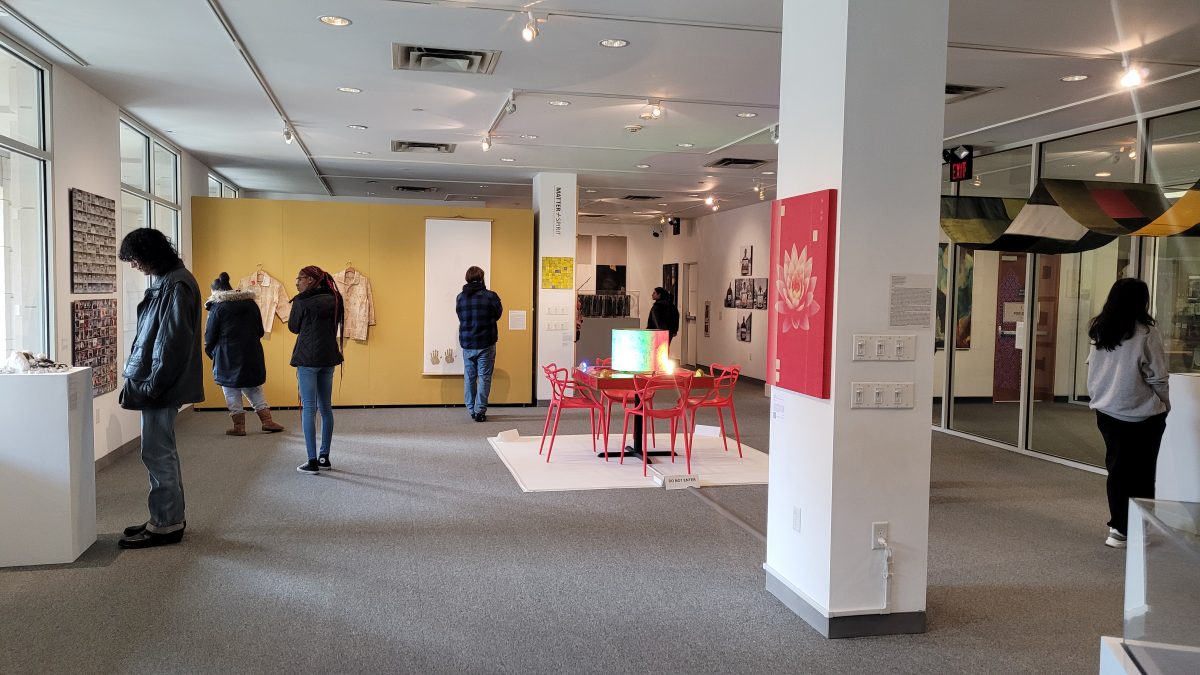

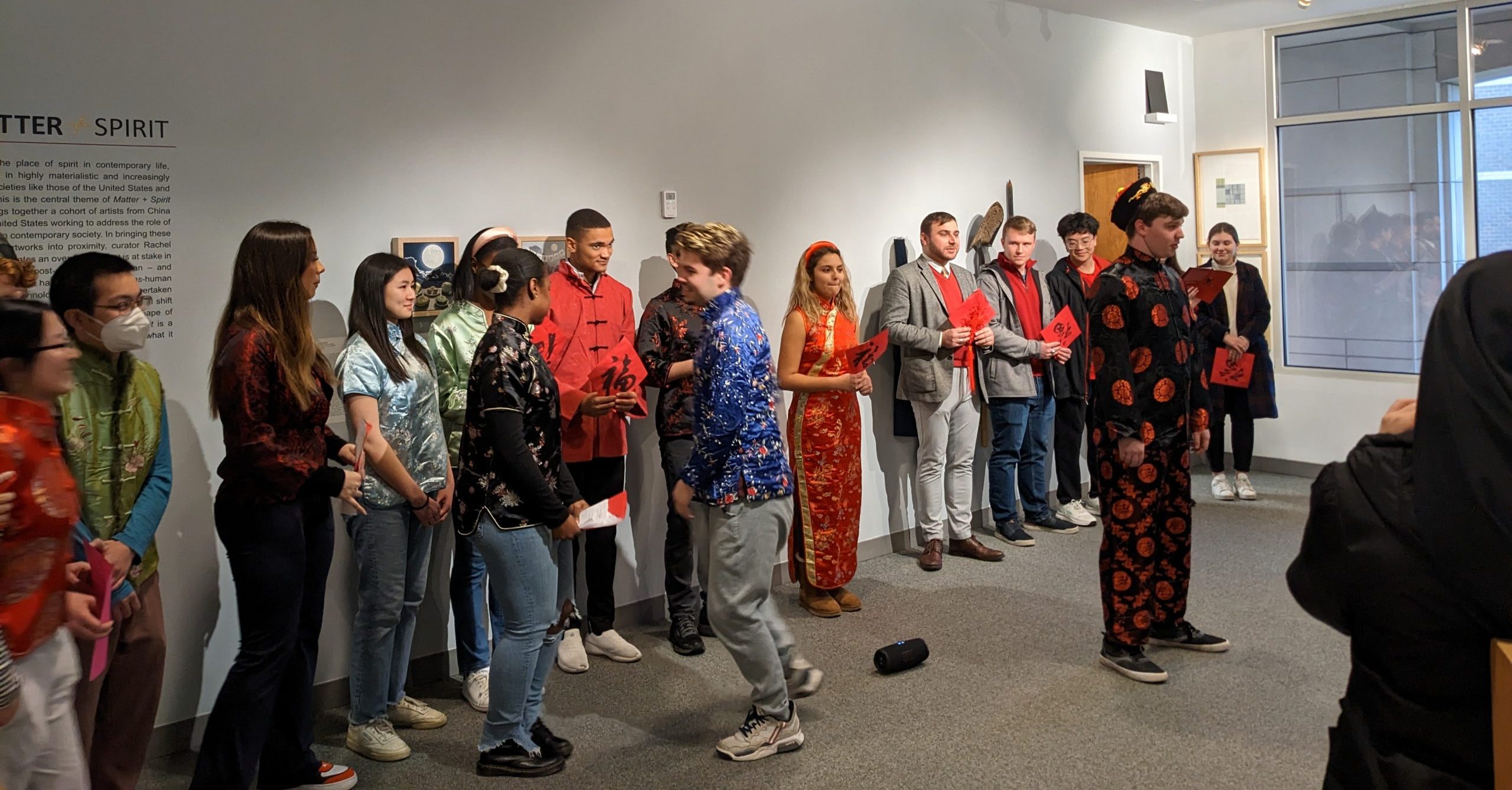
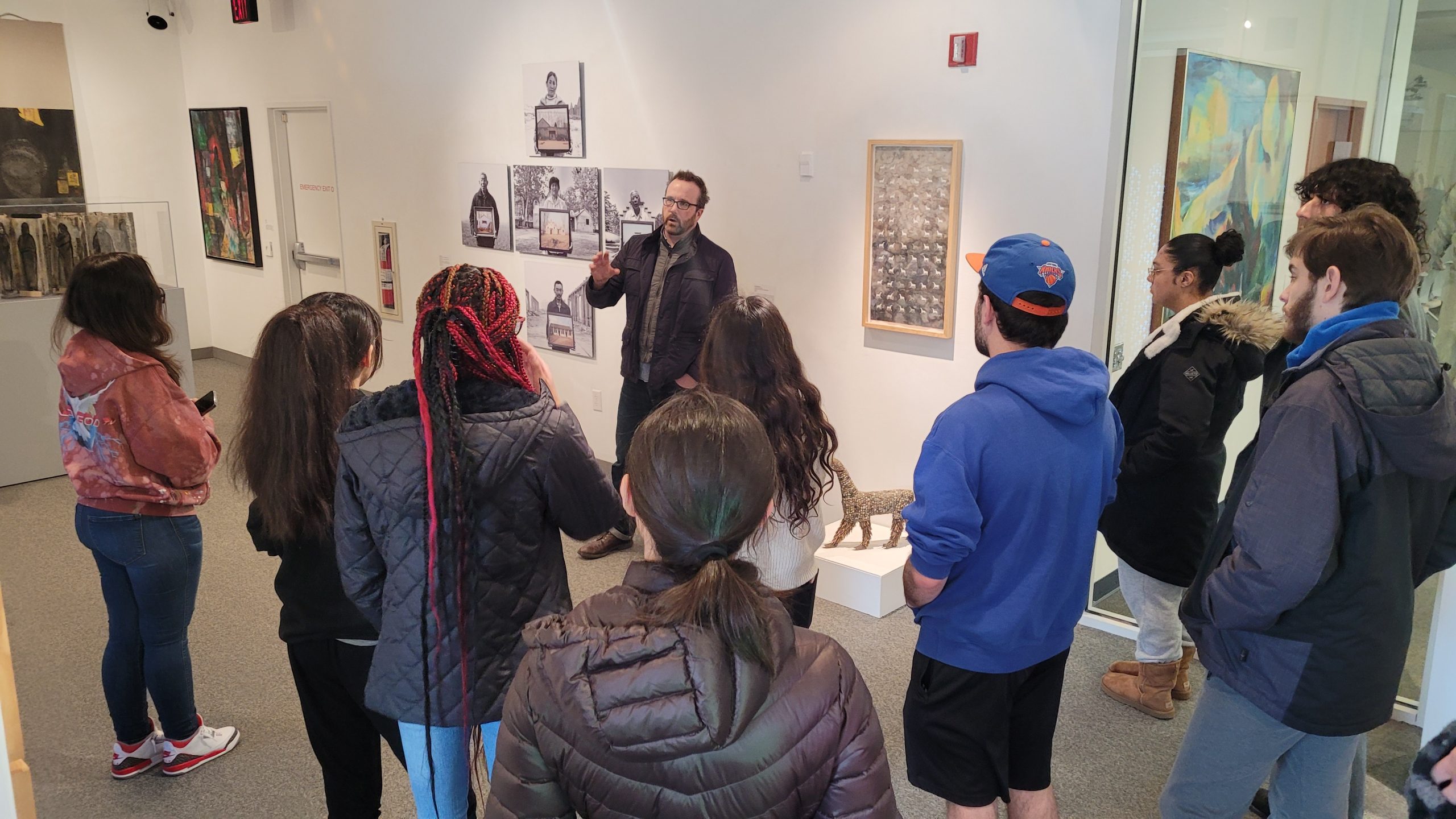
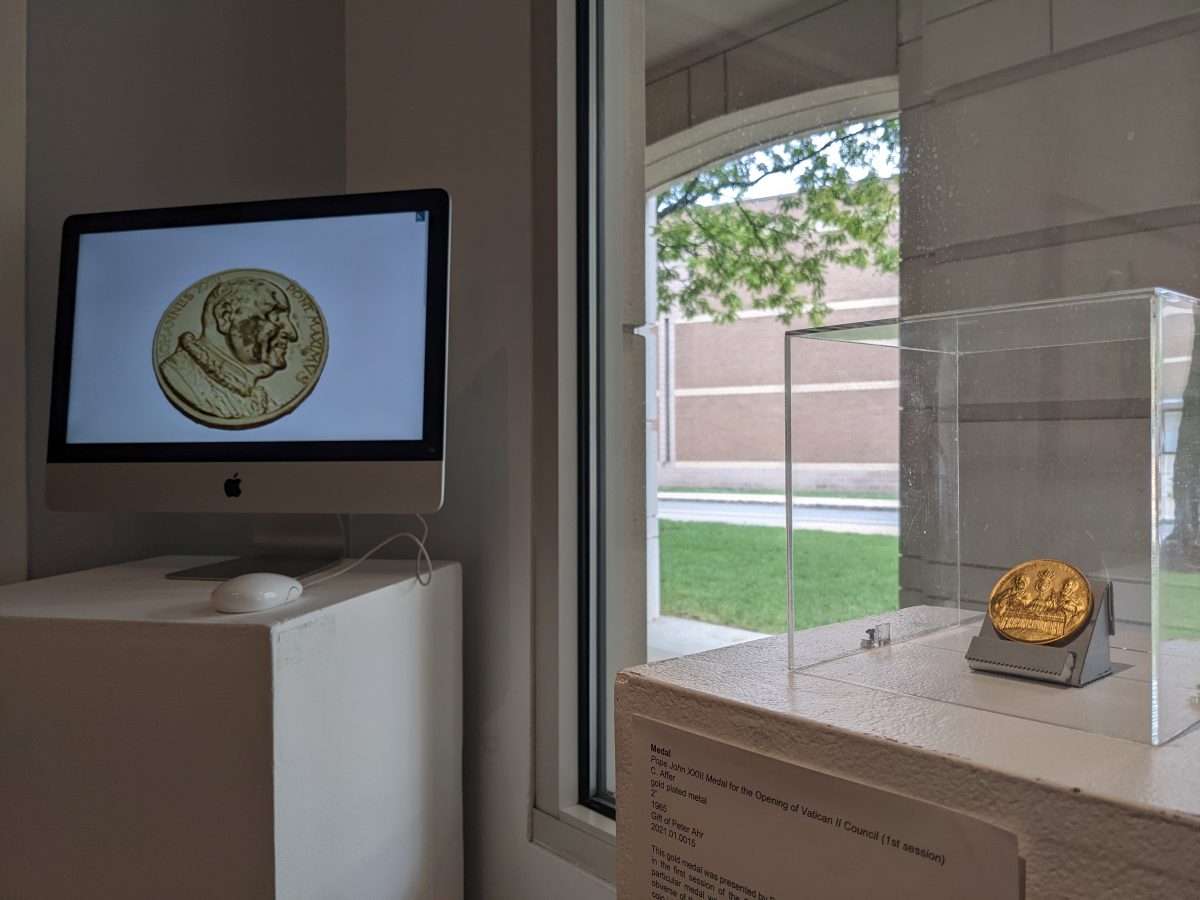
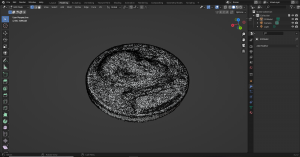
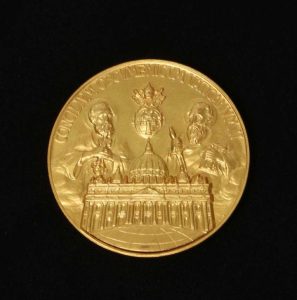
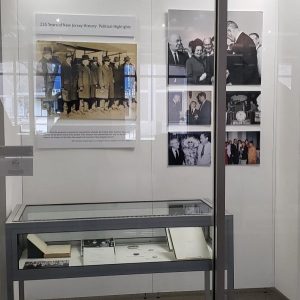
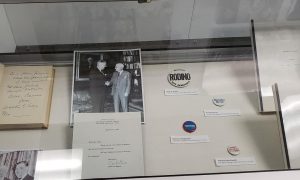
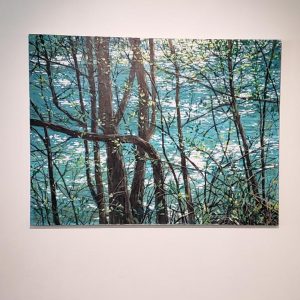
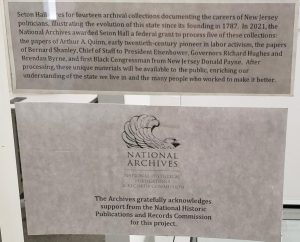
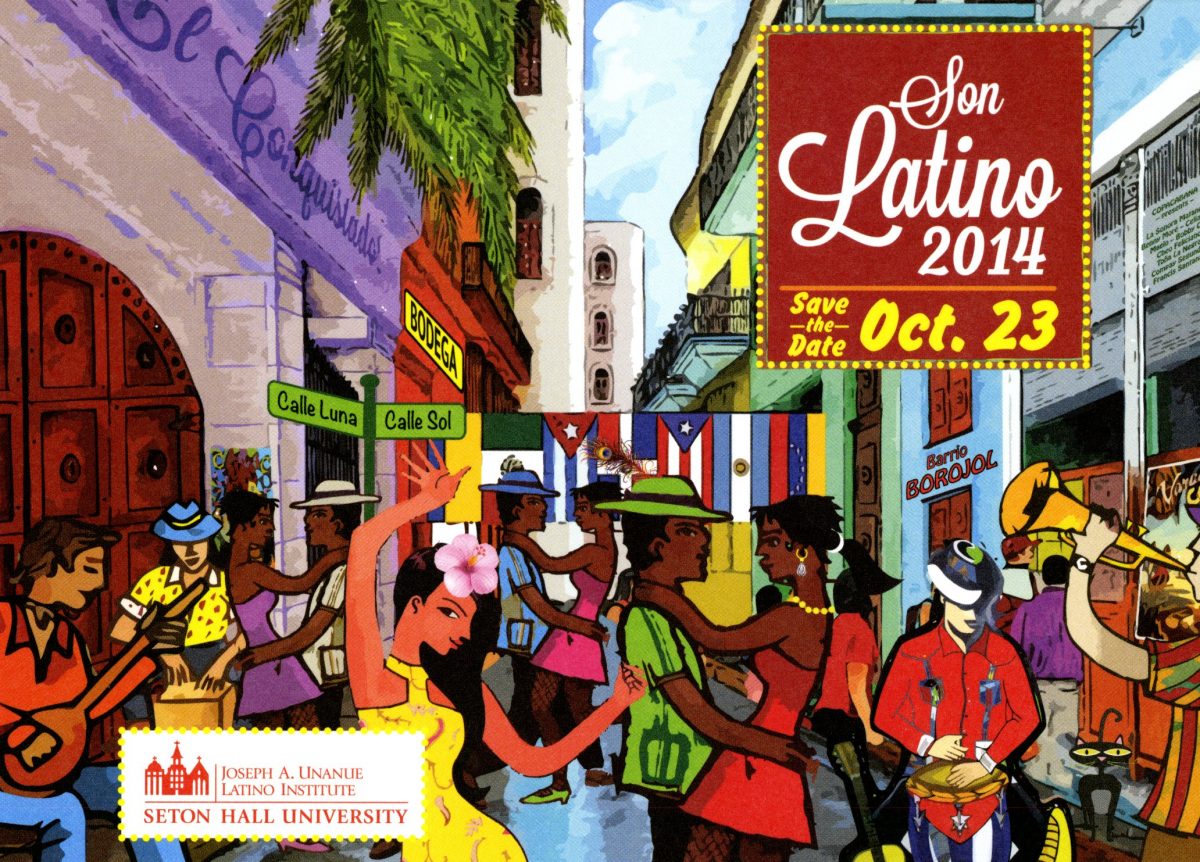
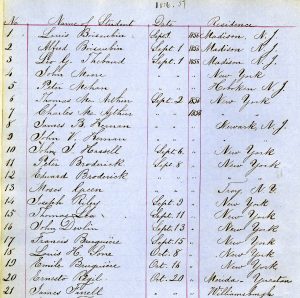
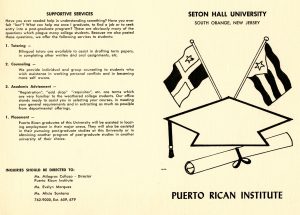
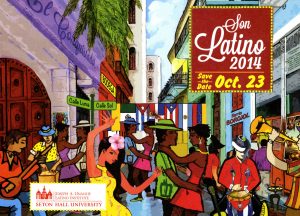
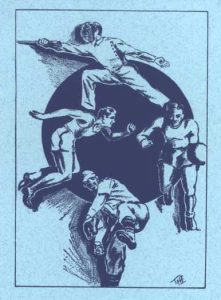
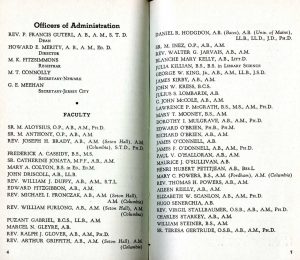 List of First Female Faculty at the Urban Division of Seton Hall College (1937)
List of First Female Faculty at the Urban Division of Seton Hall College (1937)